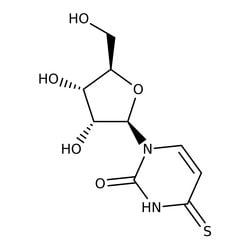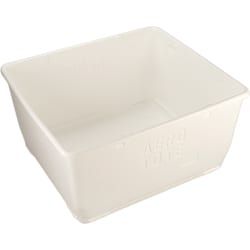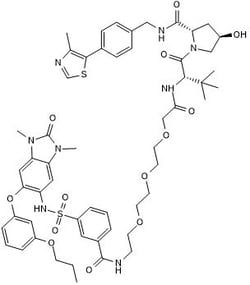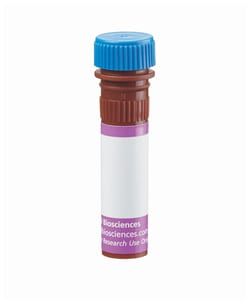BDB565878
BD Pharmingen™ Fluo-4 AM, 0.5 mg
Manufacturer: BD Pharmingen™
Select a Size
| Pack Size | SKU | Availability | Price |
|---|---|---|---|
| Each of 1 | BDB565878-Each-of-1 | In Stock | ₹ 24,208.00 |
BDB565878 - Each of 1
In Stock
Quantity
1
Base Price: ₹ 24,208.00
GST (18%): ₹ 4,357.44
Total Price: ₹ 28,565.44
Quantity
0.5 mg
Related Products
Description
- Recommended Assay Procedures Preparation Bring Fluo-4 AM dye powder and anhydrous Dimethyl Sulfoxide to room temperature
- Add 9 μL of DMSO to dye powder and vortex solution well
- Inspect the solution and repeat vortex until the stock dye has fully dissolved
- This yields a 5 mM stock solution
- Storage Upon arrival, store the dry dye desiccated and protected from light at -20°C until use
- We recommend a fresh vial of dye be used for each experiment and that reconstituted dye be discarded after use
- However, if stock solutions are to be kept for use, they should be stored desiccated and protected from light at -20°C and used within one week of reconstitution
- Cytometry Requirements Blue (eg, 488 nm) laser-equipped flow cytometers (eg, BD Accuri™ C6, BD LSRFortessa™, BD LSRFortessa™ X-20, or BD™ LSR II) can be used
- This dye can be read out of filters commonly used for FITC or Alexa Fluor™ 488 (eg, 530/30)
- Fluorescence compensation is best achieved using a sample of the cells of interest stained with the dye
- When designing multicolor panels, please be aware of spillover into the PE and BD Horizon™ PE-CF594 channels on the blue laser
- If available, collecting these fluorochromes using the yellow-green (eg, 561 nm) laser may be advantageous to avoid spillover from Fluo-4 AM
- Panels should be optimized to take this spillover into account
- Procedure BD Pharmingen™ Fluo-4 AM Labeling of Cells Prepare a single cell suspension at 1 x 10e6 cells/mL in physiologic loading buffer of choice
- If serum is used in the loading buffer, it should be heat inactivated in order to prevent residual serum esterase activity from cleaving AM moieties on the dye prior to entry into cells
- Add dye stock solution for a final staining concentration of 1 - 5 μM and vortex immediately
- We recommend using the lowest dye concentration that still yields sufficient signal in order to avoid dye toxicity, compartmentalization, and calcium buffering
- Incubate 15 - 60 minutes at 37°C
- It is reported that dye compartmentalization is less significant at lower loading temperatures
- In this case, it may be advantageous to load cells at room temperature if dye compartmentalization is significant for the cell type of interest
- Wash once and resuspend in analysis buffer of choice
- For some cell types, it may be advantageous to incubate cells for another 30 minutes to allow complete de-esterification of AM moieties
- In this case, cells should be incubated in physiologic buffer of choice or complete medium, washed once more, and then resuspended in analysis buffer of choice
- Proceed to flow cytometry.










